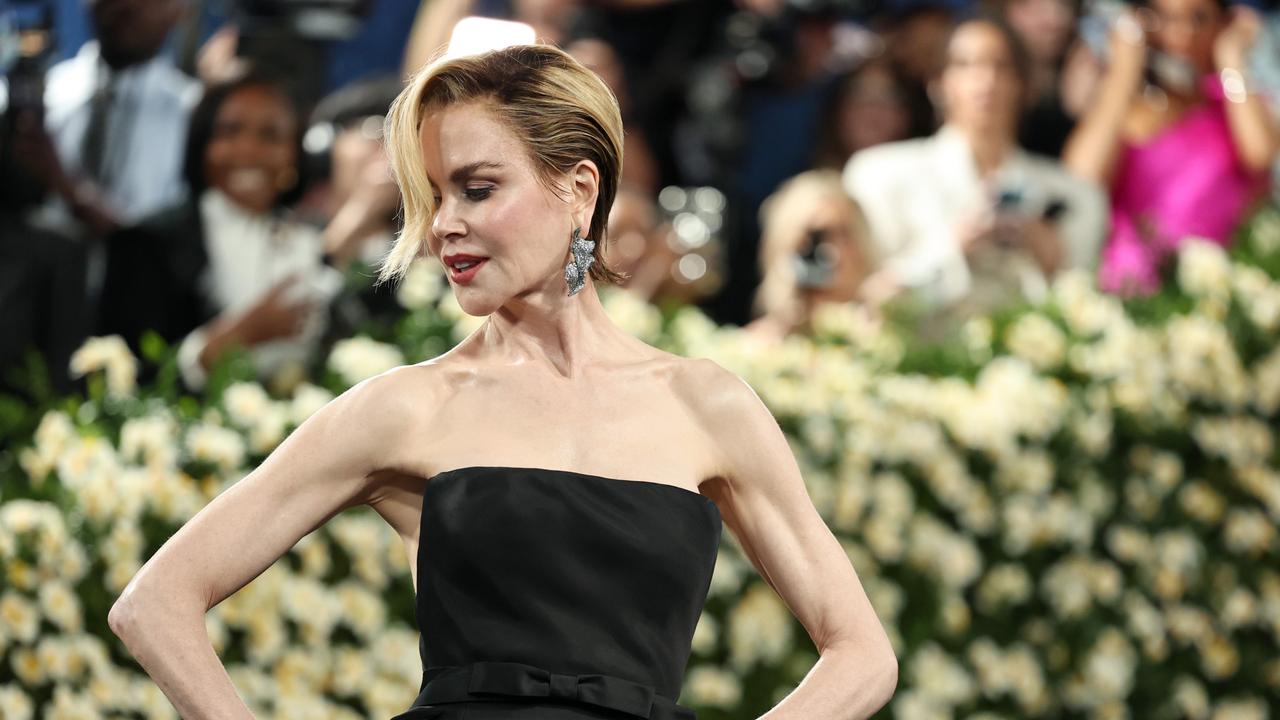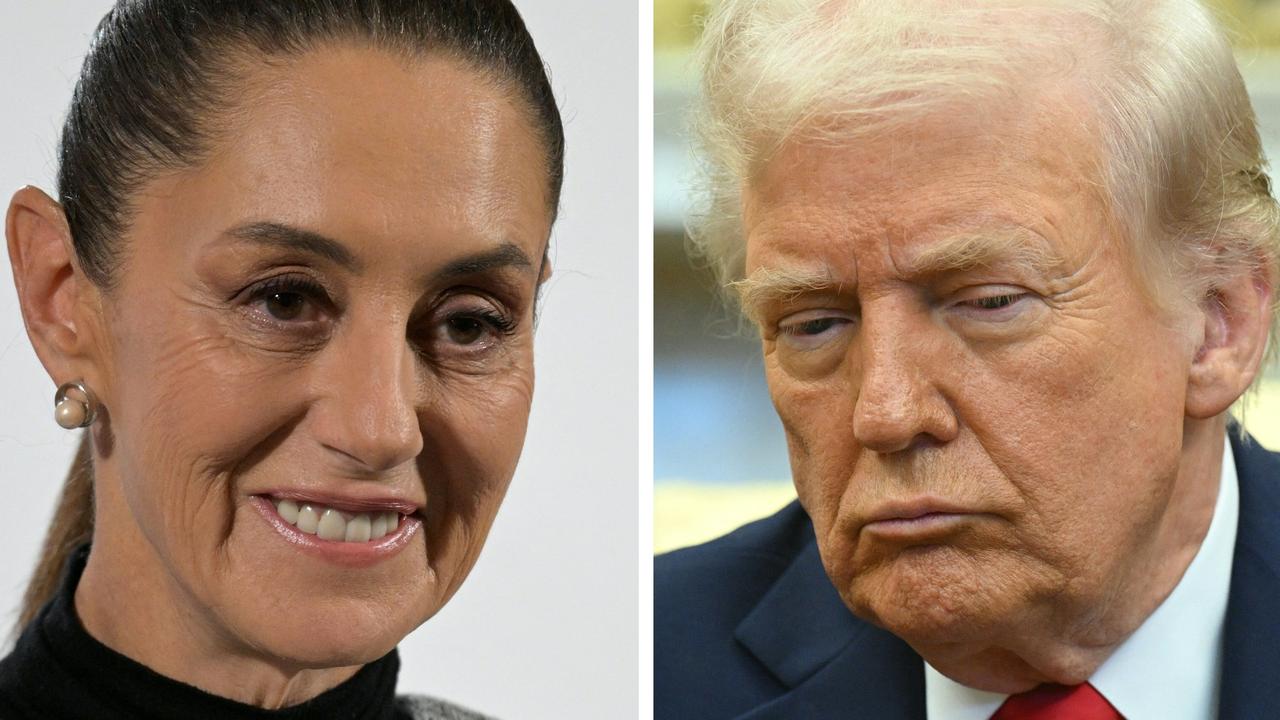Donald Trump’s tariffs flip flop: Was it planned or accidental?
Was President Donald Trump’s carrot and stick approach a tactical move in a broader economic masterstroke? Or did even the billionaire businessman fail to fully comprehend the chaos?
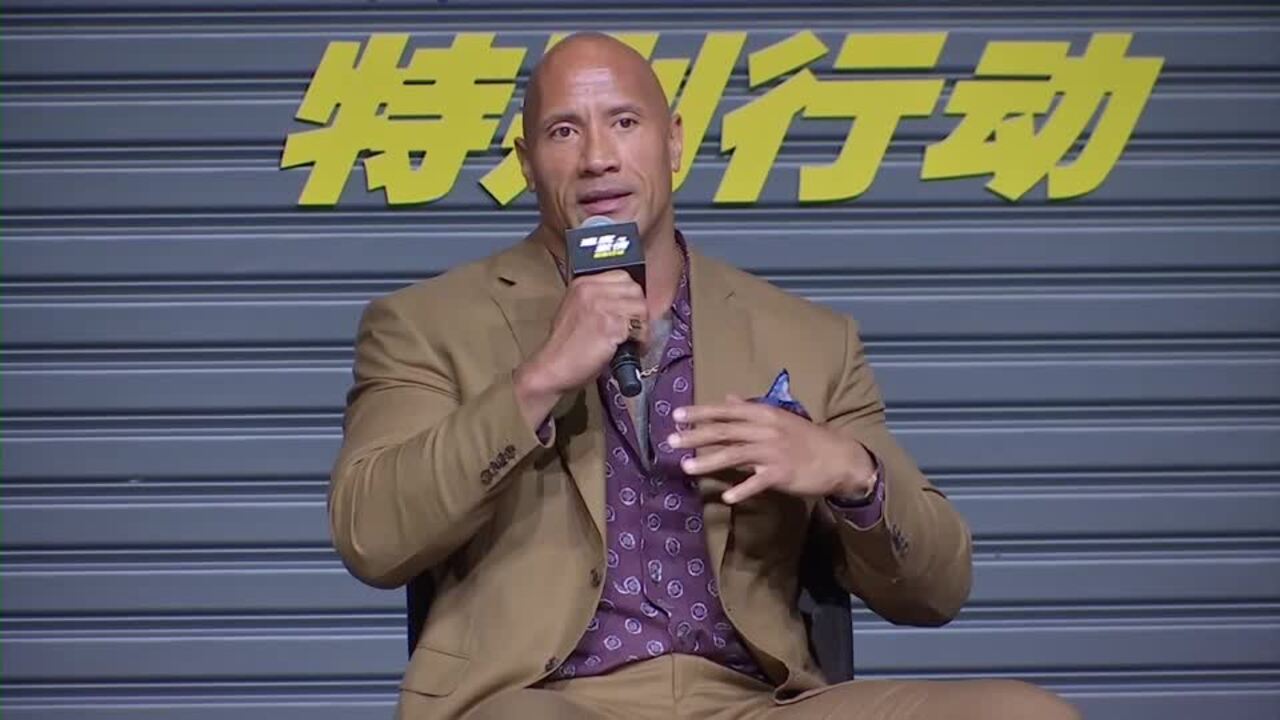
North America
Don't miss out on the headlines from North America. Followed categories will be added to My News.
On April 2, President Donald Trump stood in the White House Rose Garden, thrust his fist in the air and declared that sunny Wednesday one that would forever be remembered as the moment “America’s destiny was reclaimed and the day we began to make America wealthy again”.
To rapturous applause and a live band blaring Hail to the Chief, Mr Trump arrived to unveil sweeping reciprocal trade tariffs on almost 100 countries in what he said would usher in a “golden age” for the USA.
The announcement sent shockwaves throughout the world, wiping trillions from financial markets and prompting fierce criticism from even some of the President’s staunchest allies.
It was a far more subdued affair a week later on April 9 when he took to social media with a post ‘written from the heart’, to announce the bulk of those tariffs would be paused for 90 days while the administration hammered out individual trade deals with more than 70 countries.
At the same time, he drastically escalated his trade war with China – the only country to proportionally retaliate – smashing Beijing with increased tariffs totalling 145 per cent.
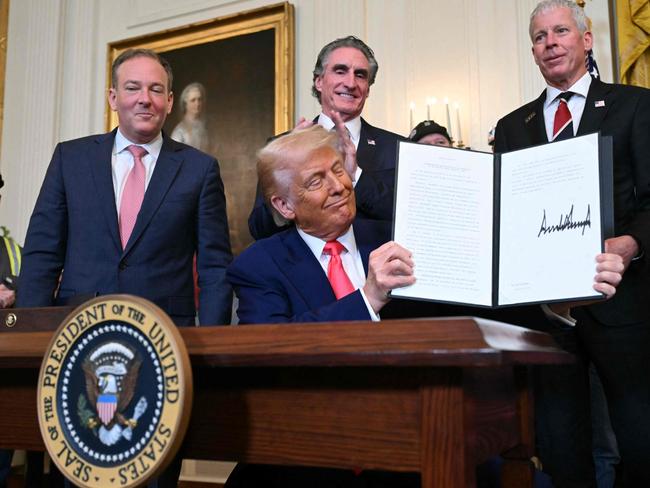
Was the President’s carrot and stick approach a tactical move in a broader economic masterstroke?
Or did even the billionaire businessman fail to fully comprehend the chaotic rollercoaster ride that he had strapped himself – and the rest of the world – into on the day he dubbed ‘Liberation Day’?
It depends who you ask.
Shortly after the post pausing reciprocal tariffs went live, sending Wall Street indices charging on their biggest one-day gain since 2008, White House Press Secretary Karoline Leavitt chided reporters asking about the abrupt change of heart from the President who had repeatedly insisted he wouldn’t back down.
“Many of you in the media clearly missed The Art of the Deal,” she said, referencing the President’s book on deal making.
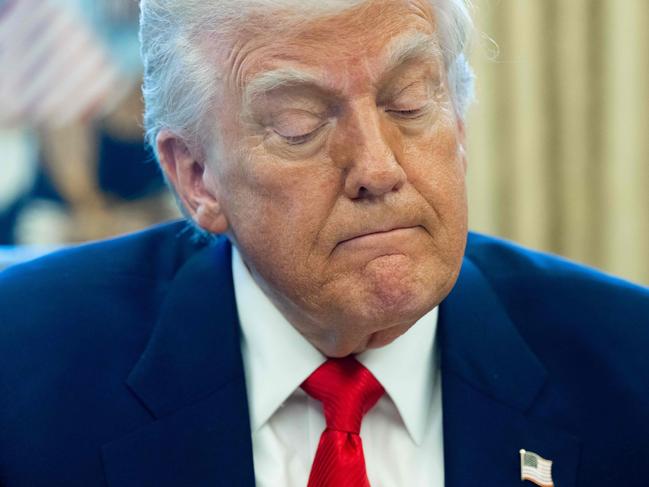
A smirking Treasury Secretary Scott Bessent claimed “this was his strategy all along”.
“You might even say that he goaded China into a bad position,” he said in reference to Beijing’s retaliatory tariffs of 84 per cent on US goods.
“They responded, and they have shown themselves to the world to be the bad actors.
“Trump created maximum negotiating leverage.”
The president wasn’t quite as emphatic when asked about the decision later, telling reporters: “I thought people were jumping a little bit out of line, they were getting yippy” – in reference to the sporting phenomenon known as “the yips”.
“They were getting a little bit yippy, a little bit afraid …”
The President – accustomed to criticism from Democrats and the public – was also facing an unusual amount of backlash from supporters and those within his own party over the tariffs.
For days, he stayed the course, taking to Truth Social to vow that he wouldn’t blink.
Around him, global financial markets were in meltdown and the White House was reportedly in a “near panic”.
Business leaders and some of his biggest financial donors publicly pleaded with him to reverse course both in private and publicly through media interviews.
Cracks even began to form in his bromance with DOGE architect Elon Musk who publicly criticised the policy, calling for a zero-tariff agreement between the European Union and the US.
Mr Musk alone reportedly lost $44 billion in the ‘Liberation Day’ stock sell off before clawing back $36 billion as Tesla stocks soared in the post-announcement rally.
The Tesla boss and world’s richest man publicly traded blows with Mr Trump’s economic adviser Peter Navarro, a driving force behind the tariffs.
The feud ultimately resulted in Mr Musk describing Mr Navarro as a “moron” and “dumber than a sack of bricks”.
“Boys will be boys,” Ms Leavitt later said, shrugging off the public spat.

Multiple sources have claimed it was not the carnage on Wall Street, the blows between his advisers, or the conga line of rattled Republicans calling the White House that changed his mind.
Many believe it was likely the bond market’s poor reaction that finally tipped the scales.
Usually viewed as a safe haven in times of economic uncertainty, there was a decline in demand for US Treasury bonds as the tariffs came into effect – effectively reflecting a no-confidence vote in the economy.
“The bond market is very tricky, I was watching it,” Mr Trump said.
“But if you look at it now it’s beautiful.
“I saw last night where people were getting a little queasy.”
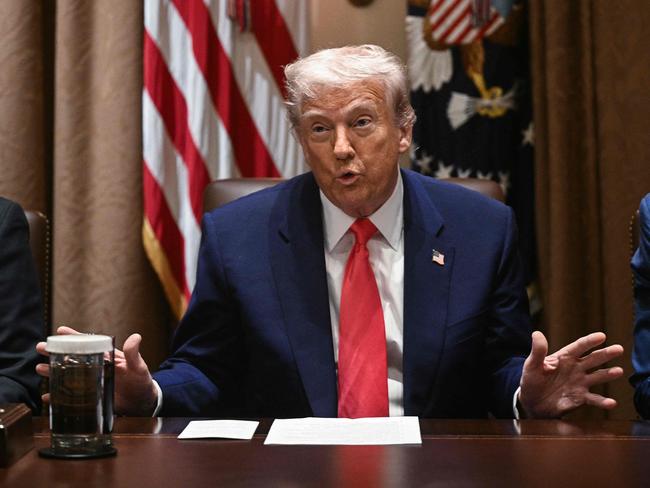
The tariff pause provided temporary relief, with Wall Street immediately rallying – it’s “gotta be a record” Mr Trump was caught boasting on a hot mic.
But the bounce back was short lived and on Thursday (local time), the stock sell-off resumed with the Dow closing 1000 points down and the Nasdaq shedding four per cent.
As one economist put it, uncertainty is its own tax on the economy.
And the 90-day pause has just ensured that the world will now wait in limbo for at least three more months while the Trump administration hammers out bespoke trade deals with each nation.
The pause offers no relief to Australian exports in the short term.
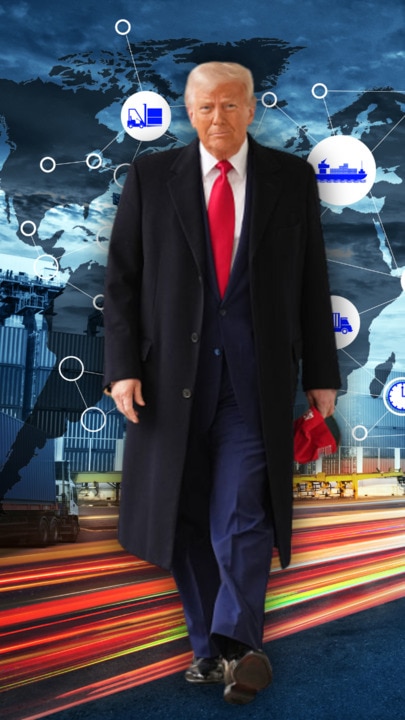
The country was already staring down the barrel of 10 per cent tariffs from the US and that baseline rate will continue to apply to all nations during the 90-day pause.
The US already enjoys a trade surplus with Australia.
But Mr Trump has also taken aim at perceived trade barriers imposed by other countries which offer some insight into what issues he’ll bring to the negotiation table with Australia.
Barriers identified by the United States Trade Representative include Australia’s biosecurity restrictions on imports of beef and pork which require overseas producers to provide evidence the animal resided in the country from birth to slaughter.
Australia’s “ban” on US beef was one of the gripes the President raised while unveiling the tariffs on “Liberation Day”.
“ … they’re wonderful people and wonderful everything – but they ban American beef,” Mr Trump said.
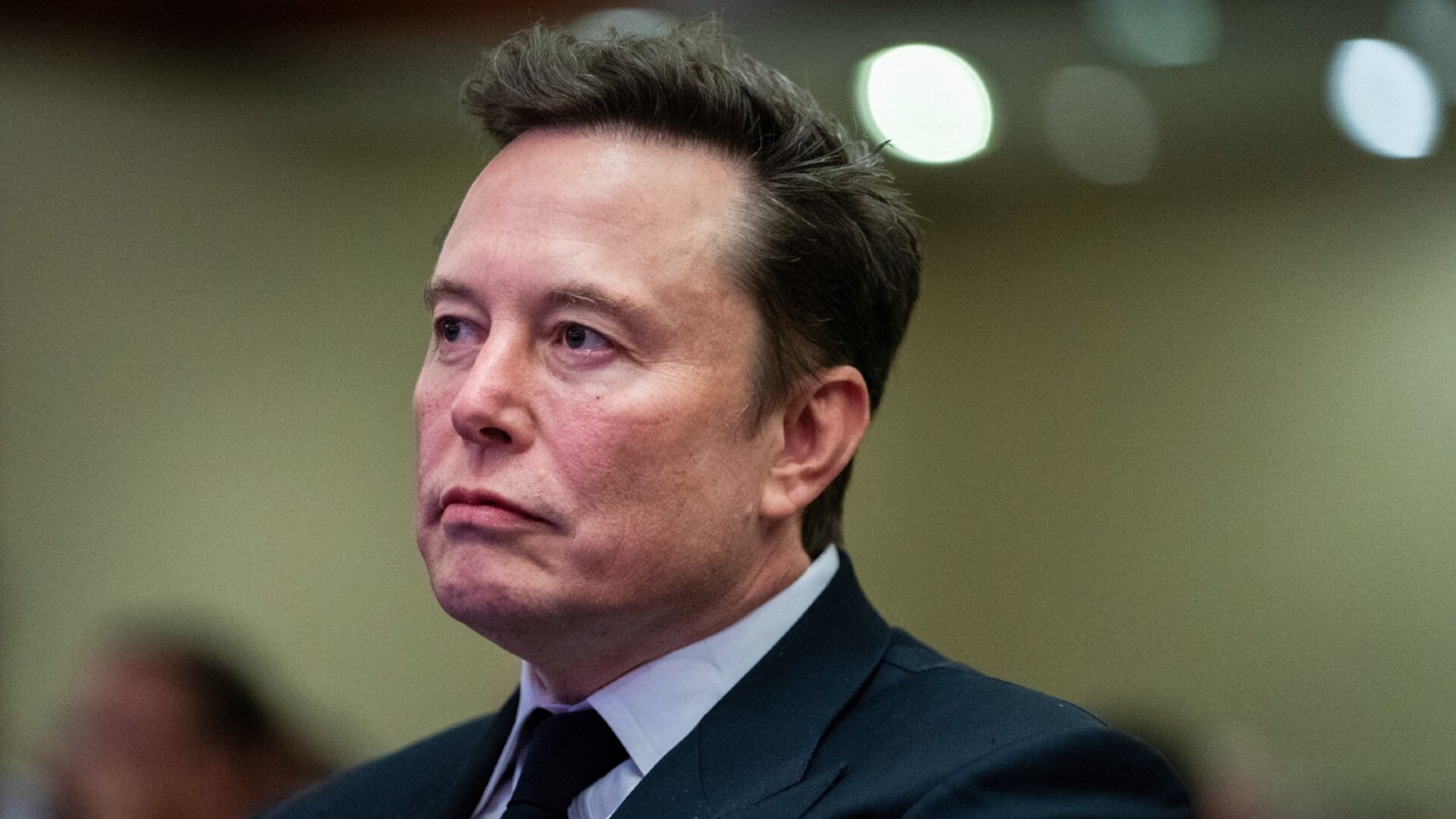
Another concession the US will likely be seeking is around Australia’s News Media Bargaining Code, which requires tech giants to fairly compensate media companies for use of their content.
Even if Australia is able to negotiate below the 10 per cent base rate, the White House has teased more pain is likely on the way in the form of tariffs on pharmaceuticals – one of our key exports to the US.
Australia was unable to secure an exemption from the 25 per cent tariffs on steel and aluminium which also remain in place.
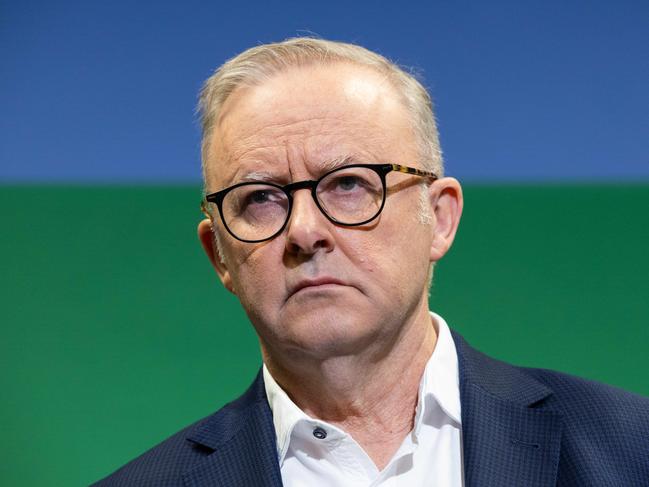
Prime Minister Anthony Albanese had described the tariffs as “not the act of a friend” but chosen not to retaliate.
His comments were echoed by the US, where Senator Mark Warner described the decision to clobber a long-term ally and good friend as “insulting’ and “ridiculous”.
“The idea that we are gonna whack friend and foe alike, and particularly friends … is both, I think insulting to the Australians, undermines our national security, and frankly makes us not a good partner going forward,” the senator said.
As the dust settled, the President acknowledged his economic vision came with problems but argued the pain would be temporary.
“There’ll be a transition cost and transition problems, but in the end, it’s going to be a beautiful thing,” he told a cabinet meeting.
When that beautiful end will arrive and what it will look like remains unclear.



